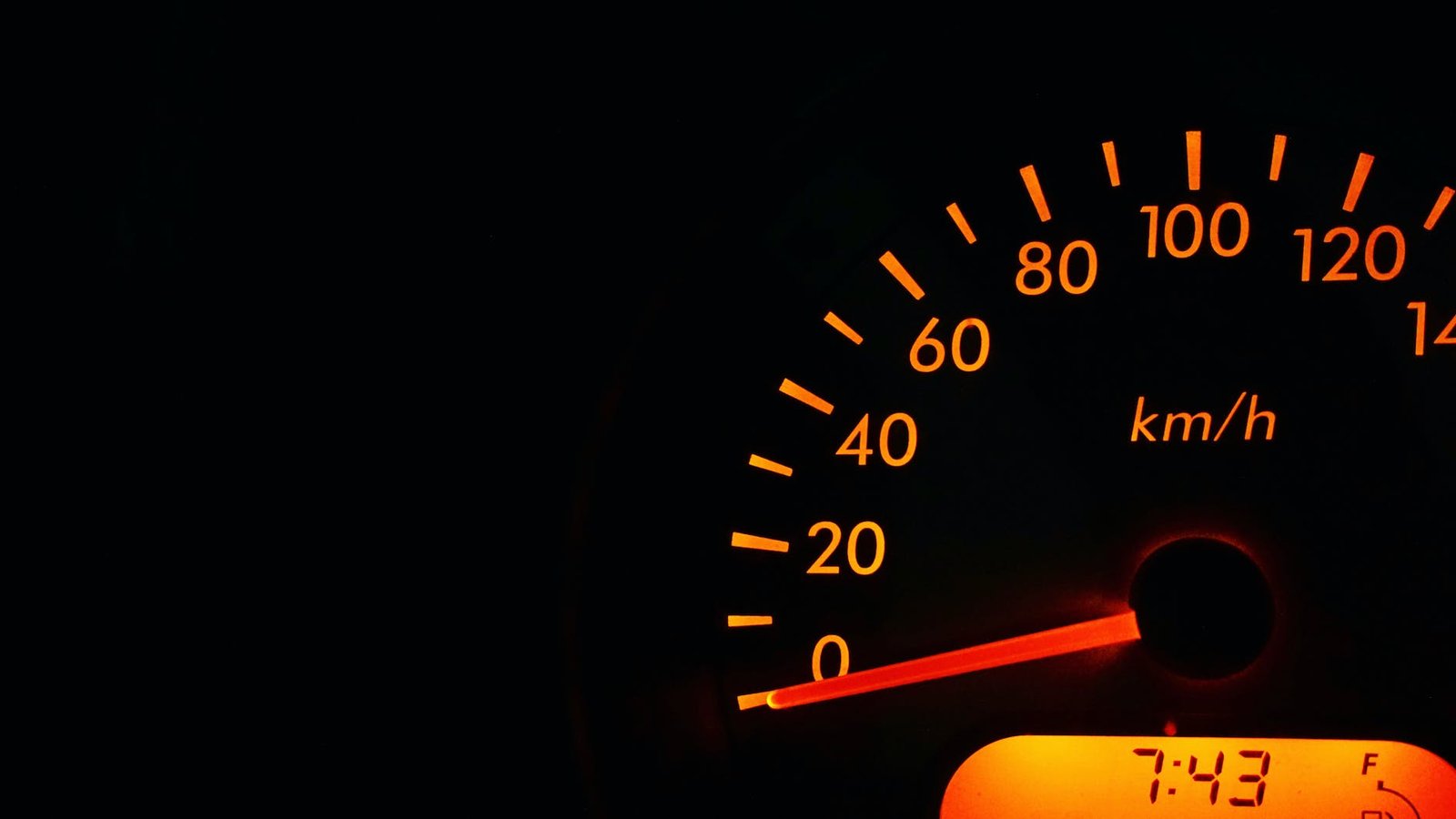
As the world continues to rely more and more on the internet, website speed has become a crucial factor for businesses to consider when developing and maintaining their online presence. Slow website speeds can negatively impact user experience, search engine rankings, and ultimately, a business’s bottom line. In this article, we’ll explore why website speed optimisation matters and how you can improve it for your own website.
Why Does Website Speed Matter?
- User Experience: A fast-loading website is essential for providing a positive user experience. A slow website can lead to frustrated visitors who are more likely to abandon your site and seek out your competitors.
- Search Engine Rankings: Google and other search engines consider website speed as a ranking factor. If your website is slow, search engines may not prioritise it in search results, making it more difficult for potential customers to find your business.
- Conversion Rates: Website speed can also have a significant impact on conversion rates. Slow websites can lead to decreased engagement and sales, whereas faster websites tend to have higher conversion rates.
How Can You Improve Website Speed?
- Optimise Images: One common culprit of slow website speeds is large, unoptimised images. Optimising images involves reducing their file size while maintaining their quality. This can be done through tools like Adobe Photoshop or online compression tools.
- Minimise HTTP Requests: HTTP requests are made every time a website loads a resource, such as an image, script, or stylesheet. Minimising the number of HTTP requests can speed up website loading times. This can be done by combining multiple files into one or using inline styles instead of separate stylesheets.
- Use a Content Delivery Network (CDN): A CDN is a network of servers that distribute website content to users based on their geographic location. Using a CDN can significantly improve website speed by reducing latency and decreasing the time it takes for website content to load.
- Enable Caching: Caching involves temporarily storing website content on a user’s device or web browser. This can significantly reduce loading times for returning visitors. Enabling caching can be done through plugins or by adding code to your website’s .htaccess file.
- Minimise Server Response Time: Server response time refers to the amount of time it takes for a server to respond to a user’s request. Minimising server response time can be done by choosing a reputable web host, optimising your website’s code, and reducing the number of database queries.
Conclusion
In conclusion, website speed optimisation is a crucial aspect of website development and maintenance. It can have a significant impact on user experience, search engine rankings, and conversion rates. By following the above tips, you can improve your website’s speed and provide a better online experience for your users. Contact me to learn more about how I can help optimise your website speed and improve your online presence.
Book a Chat
Search
Other Articles

Website Redesign: When and How to Revamp Your Website for Better Results

On-page SEO: How to Optimise Your Website for Search Engines

How to Choose the Right Web Hosting for Your Business

Website Maintenance: Why it’s Important and How to Do it Right

UX Design: How to Improve Your Website’s User Experience

Content Marketing for E-Commerce: How to Create Content that Converts


